In Photos: Historic Texts Hidden in Christian Monastery in Iraq
Hidden Texts

A few weeks before the Islamic State group (also called ISIS) occupied the Mar Behnam monastery (the occupation started in June 2014), a young priest named Yousif Sakat hid more than 400 texts, dating between the 13th and 20th centuries, in metal bins and put them in a storage area. He then built a wall in front of them in hopes of concealing them from ISIS forces.
As seen in this photo, the construction made the storage area behind this door smaller, but blocked off the texts from the view of ISIS forces. [Read full story about the hidden texts]
Breaking down a wall
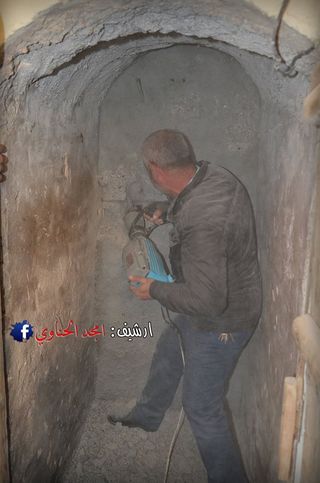
The wall fooled the occupying ISIS forces for more than two years. Mar Behnam was recaptured in November 2016, by an Iraqi Christian unit that is helping fight ISIS. With the site secure, the 400 texts could be taken out.
This photo shows a member of the Iraqi Christian community helping to break down the wall.
Revealing history
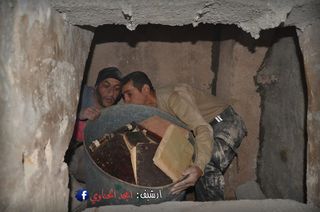
The texts, which were put in metal bins before being hidden behind the wall, were taken out for the first time in more than two years. In that time ISIL had destroyed part of the monastery, burnt what texts they could find, defaced and destroyed the monastery’s artwork and inscriptions.
Religious texts
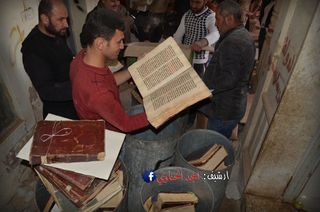
More than 400 texts, dating between the 13th and 20th centuries, were saved. The texts include many bibles and liturgical materials as well as some dictionaries. Each text contains notes by the scribes who copied them, describing historical, social and religious events at the time they were copied. The texts are written in a variety of languages including Syriac (a language widely used in Iraq in ancient and medieval times), Arabic, Turkish and Neo-Aramaic.
Welcome news

Tens of thousands of Iraqi Christians were killed or forced to flee when ISIS occupied the area around the Mar Behnam monastery. Many of these people still live as refugees. For Iraqi Christians, the successful hiding and saving of the centuries-old texts was a small but welcome bit of good news.
Iraqi Christians

Today, Iraqi Christians make up less than 1 percent of Iraq's population, but are proud of their history and faith.
Memre of Ascetics
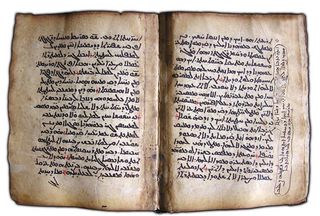
This text, copied in A.D. 1231, is a liturgical text called the "Memre of Ascetics." The text includes notes by the scribe, mentioning the historical, religious and social events that took place in his lifetime. This photo was taken by Amir Harrak, a professor at the University of Toronto, before the texts were hidden away.
Comparing Gospels

This text, copied in A.D. 1653, shows a comparison of the different gospels. The scribe illustrated the text beautifully. This photo was also taken by Professor Amir Harrak before the texts were hidden away in the Mar Behnam monastery.
Genealogy of Jesus Christ

This text, also copied in A.D. 1653, describes the genealogy of Jesus Christ. This photo was also taken before the texts were hidden away, just weeks before ISIS occupied the Mar Behnam monastery.
Secure location
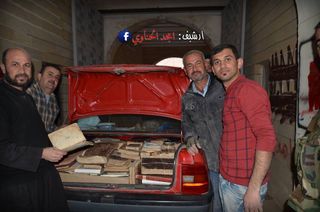
The texts were taken to an undisclosed but relatively secure location. Professor Amir Harrak told Live Science that given the unrest in Iraq, it may be best to bring the texts to a library in Europe, at least temporarily, for conservation and safekeeping.
Sign up for the Live Science daily newsletter now
Get the world’s most fascinating discoveries delivered straight to your inbox.

Owen Jarus is a regular contributor to Live Science who writes about archaeology and humans' past. He has also written for The Independent (UK), The Canadian Press (CP) and The Associated Press (AP), among others. Owen has a bachelor of arts degree from the University of Toronto and a journalism degree from Ryerson University.
